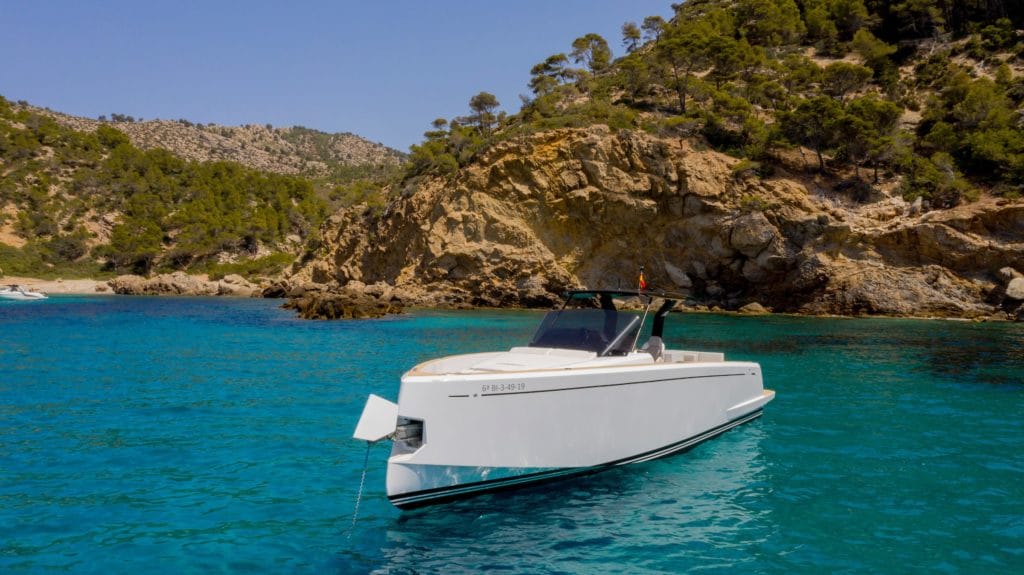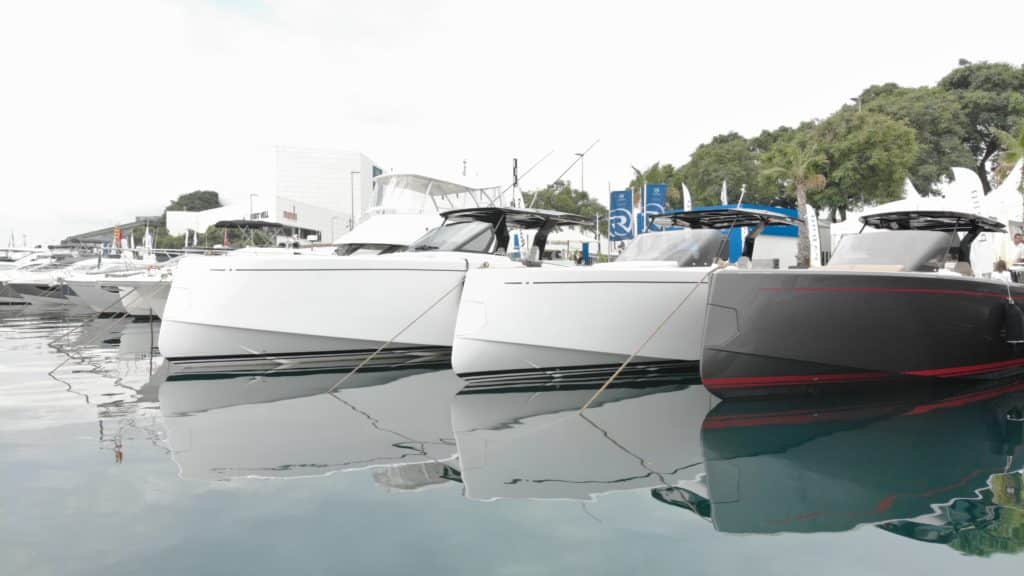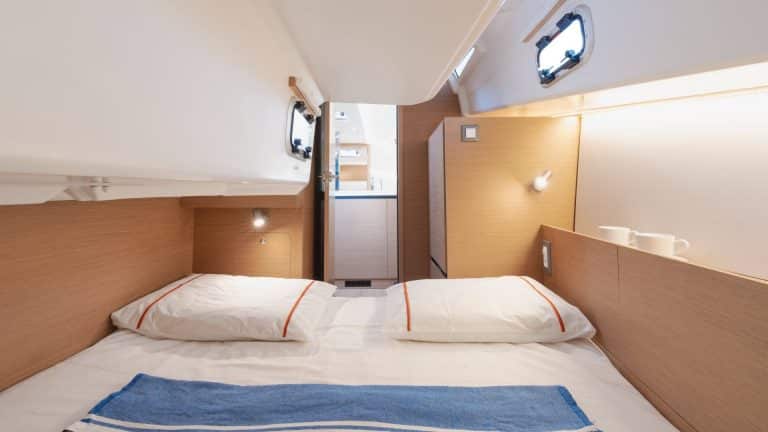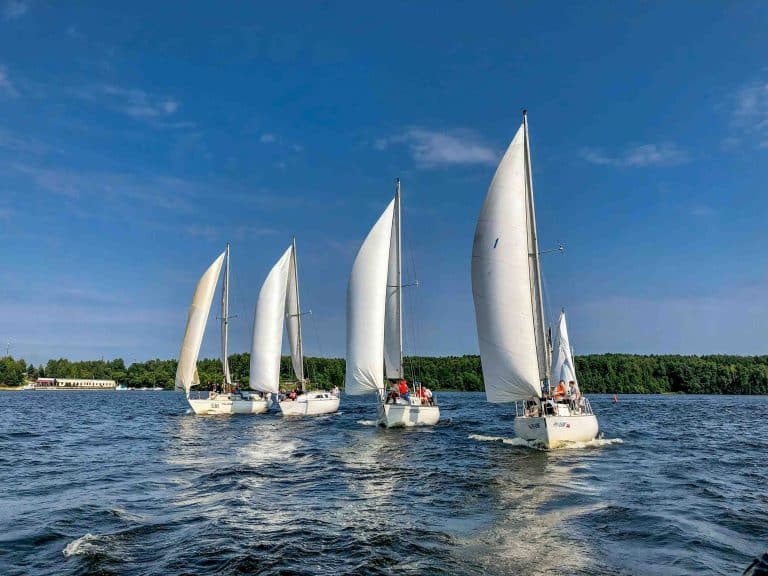
The manoeuvring operation is considered the most crucial moment a ship faces on its voyage. The more you sail, the more you master this manoeuvre, and this also applies to the knowledge you manage to acquire on the ground. Expert navigators have a language of their own and it takes a long time to master it.
Did you know that the docking process, when the ship has to manoeuvre, is the time when most collisions occur?
Before commencing any manoeuvre, it is essential to understand the impact of wind, tide, draft, ship’s equipment and manoeuvring aids, etc., together with the assistance received from tugs if required. The standard procedure to follow when entering or leaving a port is to call a marine pilot, ship’s pilot or maritime pilot on the ship, who manoeuvres the ship from an entry point, known as a pilotage point, to the berth or vice versa.
Docking, mooring, anchoring – what’s the difference?
When a ship is in port to pick up or discharge passengers, or load or unload goods, it is, in a sense, connected to the quay (the functional area of the quay) and is therefore berthed. A berthed ship is usually large in size and will have several crew members present, even when it spends the night there. Generally, a ship is berthed for a specific purpose, and when that task has been completed the ship will move.
A mooring, on the other hand, is something like the nautical equivalent of a parking space. It is usually purchased or rented for an extended period as a place to store the boat. To maximise space, moored boats are usually kept perpendicular to the main quay or jetty, rather than a moored boat which is usually parallel to the quay.
Any vessel that is secured by ropes to a permanent fixture is moored to that fixture. Therefore, moored can be a fairly broad description, although it is more appropriately used to describe a vessel that is kept on “moorings”.
Anchorages are areas of water where boats and yachts can be secured to a fixed object on the seabed. They are cheaper to rent than moorings and more difficult for outsiders to enter your boat. They are often used to store boats or yachts when they are not in use, so moored boats usually have no one on board.
The most independent way to secure a boat is to drop anchor. As long as the anchor has a certain degree of grip on the seabed, the vessel will not move too far from its current location and is therefore described as anchored. This is the most independent, but also the least safe way to park the boat, and as such, an anchored boat will usually remain in place for only a short time and will almost always have someone on board.

How to use moorings for berthing
Depending on the size and type of boat you want to moor, you will have to do one type of manoeuvre or another, as not all boats respond in the same way to different circumstances. However, there are certain general rules to be able to carry out a manoeuvre safely and effectively.
- Perform the manoeuvre at the slowest speed warranted by the vessel’s steering.
- As far as possible, the manoeuvre should be carried out with the wind and/or current at the bow or tack.
- The approach to the berth should be at the least possible angle, depending on the circumstances.
- In the event of a change of course and speed, this should be done by means of small modifications, avoiding large rudder inputs and abrupt alterations of the revolutions.
- Fenders should be set at the appropriate height and position according to the conditions of each manoeuvre.
Mooring manoeuvres
Tip mooring
This consists of mooring from the stern, although sometimes also from the bow, to the quay together with other boats moored in the same way.
In order to carry out the manoeuvre, the side where the trawl is located and the tendency of the boat to fall when going backwards according to the rotation of the propeller must be taken into account. In strong winds, it is preferable to enter with the bow to the quay.
Enbarloarse
To stand alongside a vessel and tie up to it. On sailing vessels, the masts must not be at the same height in order to avoid knocks and snags between them. The manoeuvring of the vessel shall be carried out in the same way as mooring to a quay. In the event that the other vessel is anchored or moored, it shall be manoeuvred head to wind.
Docking at a quay or jetty
This consists of mooring the vessel parallel to the quay or jetty. To carry out this operation, it is essential to take the wind direction into account:
- Headwind parallel to the quay: An approach must be made at a very slight angle (20º). The bow length is lashed first and then the stern length.
- Downwind parallel to the quay: A very shallow approach (20º) is made. First the bow sprint is lashed, then the stern length and finally the bow length.
- Wind from perpendicular to the quay towards the sea: The approach angle is about 60º to 70º. The length and bow sprint are lashed first, followed by the stern length.
- Wind from perpendicular to the quay towards the quay: The angle of approach should be between 40º and 50º, allowing the wind to bring us closer to the quay. The bow length should be moored first, followed by the stern length.
Mooring to a buoy
It consists of mooring the boat to a buoy attached to a firm cable, a chain to a deadman. In order to carry out the manoeuvre, it is necessary to approach the boat to the buoy with the bow to the wind.

Which agents influence the mooring manoeuvre?
There are several agents that influence the mooring manoeuvre process, which are essential for a successful and safe mooring manoeuvre. Among them, the most important ones to take into account are:
- Wind: The lateral displacement of the vessel due to the action of the wind on the deadrise is known as heave. It is very important to consider whether the wind is real or apparent.
- Actual wind: The actual wind is the wind that exists at any given time. It will be noticeable on a vessel even without being.
- Apparent wind: Once the boat is started, the wind noticed on board is the resultant, both in direction and intensity, of the actual wind and the wind originating from the boat’s speed.
- Waves: Waves have a direct impact on the boat as a whole making manoeuvring difficult.
- Current: Current can cause your boat to drift away from the shore in a matter of seconds. The lateral displacement of the boat due to the action of the current on the hull is known as.
- Free to leeward: This is the principle of keeping clear of any hazards on the leeward side and having enough room to manoeuvre on this side.






